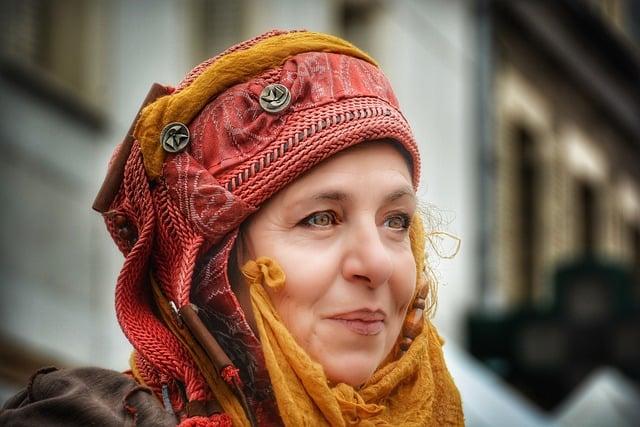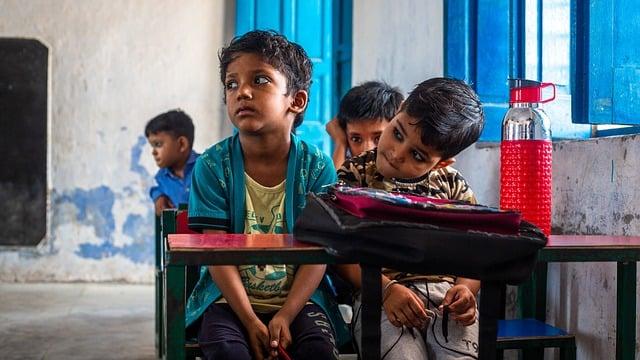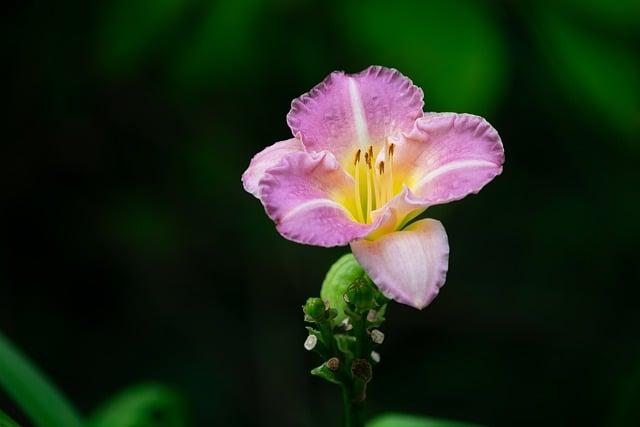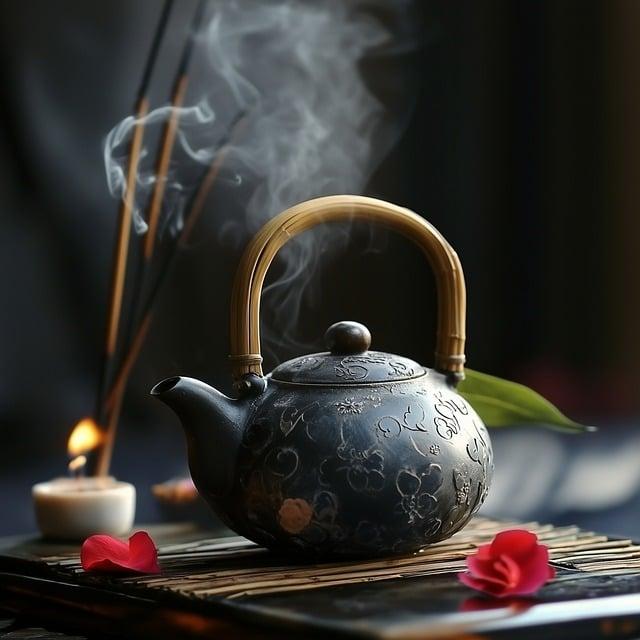In a quaint village blanketed by snow, the spirit of Christmas came alive each year. Families gathered to decorate their homes with twinkling lights and fragrant pine. On Christmas Eve, the townsfolk would stroll through the market, sipping hot cocoa and sharing laughter. Children eagerly placed stockings by the fireplace, whispering wishes to Santa. As dawn broke on Christmas Day, the village erupted in joy, with carols echoing through the streets and a feast of roasted turkey and sweet treats bringing everyone together. Each tradition wove a tapestry of warmth and love, reminding all of the magic of the season.
Table of Contents
- Exploring the Origins of Christmas Traditions
- Festive Feasts: Culinary Delights Around the World
- Joyful Gatherings: The Importance of Family and Community
- Unique Celebrations: How Different Cultures Embrace the Holiday
- Q&A

Exploring the Origins of Christmas Traditions
The rich tapestry of Christmas traditions we celebrate today has roots that stretch back centuries, intertwining various cultural practices and religious beliefs. One of the earliest influences can be traced to ancient pagan festivals, such as the Roman Saturnalia, which celebrated the winter solstice with feasting, gift-giving, and merriment. As Christianity spread, many of these customs were absorbed and reinterpreted, leading to the establishment of Christmas as a significant religious holiday. The incorporation of evergreen trees, holly, and mistletoe, symbols of life and renewal during the cold winter months, further illustrates how ancient practices have shaped modern celebrations.
In addition to these historical influences, regional variations have contributed to the diverse ways Christmas is celebrated around the world. For instance, in Germany, the tradition of the Christmas market brings communities together to enjoy festive foods and handcrafted gifts, while in Mexico, the vibrant Las Posadas reenacts Mary and Joseph’s search for shelter. Other notable customs include:
- Caroling: Singing festive songs door-to-door, spreading cheer and goodwill.
- Advent Calendars: Counting down the days to Christmas with small surprises or treats.
- Yule Logs: Burning a log in the fireplace as a symbol of warmth and light during the darkest days of winter.
These traditions not only reflect the historical evolution of Christmas but also highlight the importance of community, family, and shared joy during this special time of year.

Festive Feasts: Culinary Delights Around the World
As the holiday season approaches, families around the globe gather to celebrate with an array of culinary traditions that reflect their unique cultures. In Italy, the festive table is adorned with a sumptuous **Feast of the Seven Fishes**, where families indulge in a variety of seafood dishes on Christmas Eve. This tradition, rooted in Catholic customs, symbolizes the wait for the birth of Christ and showcases the rich maritime heritage of the country. Meanwhile, in Mexico, the vibrant **Tamales** take center stage, filled with meats, cheeses, or sweet ingredients, wrapped in corn dough and steamed to perfection. These delightful parcels are often enjoyed during the **Posadas**, a nine-day celebration leading up to Christmas, where families reenact Mary and Joseph’s search for shelter.
Across the Atlantic, in the United Kingdom, the iconic **Christmas Dinner** features a golden-brown roast turkey, accompanied by **stuffing**, **roasted vegetables**, and the ever-popular **Brussels sprouts**. The meal culminates with a rich **Christmas pudding**, often doused in brandy and set alight, symbolizing warmth and festivity. In Ethiopia, the celebration takes on a different flavor with the traditional **Doro Wat**, a spicy chicken stew served with injera, a sourdough flatbread. This dish is typically enjoyed during **Genna**, the Ethiopian Orthodox Christmas, where communal feasting and sharing are at the heart of the celebration. Each of these culinary delights not only satisfies the palate but also weaves a tapestry of cultural heritage and familial bonds, making the festive season truly special.

Joyful Gatherings: The Importance of Family and Community
During the festive season, families and communities come together to celebrate cherished traditions that foster a sense of belonging and joy. **Christmas** serves as a beautiful backdrop for these gatherings, where the warmth of shared experiences creates lasting memories. From decorating the tree to baking cookies, each activity is infused with love and laughter, reinforcing the bonds that tie us together. The act of giving gifts, whether handmade or store-bought, symbolizes appreciation and thoughtfulness, reminding us of the importance of connection in our lives.
Communities also play a vital role in enhancing the spirit of the season through various celebrations. **Local events** such as tree lighting ceremonies, parades, and holiday markets bring people together, creating a vibrant atmosphere filled with cheer. These gatherings often feature a mix of traditions, showcasing the diverse cultures that enrich our communities. Activities like caroling, volunteering at shelters, and participating in community service not only spread goodwill but also strengthen the ties that bind us, reminding us that the essence of Christmas lies in unity and shared joy.

Unique Celebrations: How Different Cultures Embrace the Holiday
Across the globe, Christmas is celebrated with a rich tapestry of traditions that reflect the unique cultural heritage of each region. In Mexico, the festive season kicks off with **Las Posadas**, a reenactment of Mary and Joseph’s search for shelter, culminating in vibrant parties filled with piñatas and traditional foods like tamales. Meanwhile, in Ethiopia, Christmas, known as **Genna**, is celebrated on January 7th with a special church service followed by a feast that often includes doro wat, a spicy chicken stew, and injera, a sourdough flatbread. These diverse customs highlight how communities infuse their local flavors and practices into the holiday spirit.
In the Philippines, the Christmas season is marked by the **Simbang Gabi**, a series of nine dawn masses leading up to Christmas Day, accompanied by festive decorations and the iconic **parol**, a star-shaped lantern symbolizing the Star of Bethlehem. Conversely, in Italy, the holiday is celebrated with the **Feast of the Seven Fishes**, a culinary tradition that showcases a variety of seafood dishes on Christmas Eve, followed by the joyous exchange of gifts on Christmas Day. Each of these celebrations not only honors the essence of Christmas but also showcases the creativity and warmth of cultural expressions that bring communities together during this special time of year.
Q&A
-
What are some popular Christmas traditions around the world?
Christmas traditions vary widely, but some popular ones include:
- Decorating Christmas Trees: Many families adorn evergreen trees with lights, ornaments, and tinsel.
- Exchanging Gifts: The act of giving and receiving gifts symbolizes love and generosity.
- Caroling: Groups of people often sing festive songs door-to-door to spread holiday cheer.
- Feasting: Special meals, often featuring turkey or ham, are shared with family and friends.
-
What is the significance of Advent?
Advent marks the beginning of the Christian liturgical year and is a time of preparation for the celebration of Jesus’ birth. It typically lasts four weeks and includes:
- Lighting Advent Candles: Each week, a candle is lit to symbolize hope, peace, joy, and love.
- Daily Reflections: Many people engage in daily prayers or readings to deepen their spiritual connection.
-
How do different cultures celebrate Christmas?
Christmas celebrations can differ significantly across cultures. For example:
- In Mexico: Las Posadas is celebrated, reenacting Mary and Joseph’s search for shelter.
- In Italy: The Feast of the Seven Fishes is a traditional Christmas Eve dinner.
- In Germany: Christmas markets are popular, featuring crafts, food, and festive decorations.
-
What role does Santa Claus play in Christmas celebrations?
Santa Claus, also known as Saint Nicholas, is a central figure in many Christmas celebrations. His role includes:
- Gift-Giving: Santa is believed to deliver presents to children on Christmas Eve.
- Spreading Joy: He embodies the spirit of generosity and kindness during the holiday season.
- Festive Imagery: Santa’s image, often depicted in red and white, is a staple of Christmas decorations.
As we wrap up our exploration of Christmas traditions and celebrations, it’s clear that this festive season transcends borders and cultures. Whether through joyful gatherings, cherished rituals, or heartfelt acts of kindness, the spirit of Christmas unites us all.

大家好,我是彼得潘,專業的手法身體治療師。我喜歡探索和研究各種主題,並透過與人工智慧的合作分享專業、實用、有趣的文章。我們定期進行人工審核,以確保內容的準確性。如果您發現文章中有任何不準確的地方,請隨時與我們聯繫,我們會及時糾正。您可以透過 [email protected] 與我們聯繫。



